Temple of Literature Hanoi: Offering a deep look into Vietnam’s history
- 1. An overview of Temple of Literature in Vietnam
- 2. How many courtyards does the Temple of Literature have?
- 2.1. The Great Middle Gate
- 2.2. The Pavilion of Constellation
- 2.3. The Well of Heavenly Clarity
- 2.4. The Gate to Great Success
- 2.5. The Grounds of Imperial Academy
- 3. Useful information for visitors to Temple of Literature Hanoi
The Temple of Literature is the first university complex in Vietnam. Not only is it a cultural and historical relic, it is also where many students come to pray for luck in their upcoming exams and studies.
The Temple of Literature is the first university of Vietnam (Source: Collected)
As the first university of Vietnam, the Temple of Literature is a popular cultural and historical relic in every Hanoi travel tour. Visiting this place, you will be enchanted by its grandeur and serenity. Here, you will have a deeper understanding of Vietnam’s history of development from the early days.
1. An overview of Temple of Literature in Vietnam
- Address: No. 58, Quoc Tu Giam Street, Dong Da District, Hanoi
The Temple of Literature was founded in 1070 by Emperor Ly Thanh Tong to worship Chinese philosopher Confucius. It then became the first university of Vietnam, also known as the Imperial Academy. Until the colonial period, it had been open for over 700 years and taught hundreds of renowned scholars and mandarins. Despite the ravages of war, the temple still retains its architectural and cultural beauty.
The Temple of Literature was founded nearly a thousand years ago (Source: Collected)
2. How many courtyards does the Temple of Literature have?
The Temple of Literature is surrounded by brick walls and covers an area of around 54,000 square meters. It has five courtyards, or areas, of varying styles:
2.1. The Great Middle Gate
Entering the first courtyard through the Great Middle Gate, you can immediately immerse yourself in a fresh and green atmosphere.
On the top of the gate is a fish figure. According to legend, there was an annual contest for fish hosted by the gods, and those that can leap over the strongest sea waves and land on the other side of the wave will become a mighty dragon. The fish actually symbolize students. To be able to pass all of the exams, one must diligently study and never stop trying.
The Temple of Literature is a popular place of worship, especially for students (Source: Collected)
2.2. The Pavilion of Constellation
Despite its modest size, the Pavilion of Constellation has harmonious and beautiful proportions. This architectural work consists of 4 brick pillars supporting the upper wooden structure. The main structure has 4 round doors, handrails, and a roof. The pavilion is also a symbol of Hanoi, its picture printed on the 100,000 VND banknote of Vietnam.
2.3. The Well of Heavenly Clarity
The Well of Heavenly Clarity is actually a courtyard consisting of a square pond. In a corner, there are many stone turtles carrying enormous stelae. These stelae praise Confucianism and the past kings, describe the philosophy of each dynasty, and give information about examinations and scholars.
The enormous Well in the Temple of Literature (Source: Collected)
2.4. The Gate to Great Success
A beautiful House of Ceremonies and a sanctuary dedicated to Confucius are located in the fourth courtyard, also known as the "Gate to Great Success" in Vietnamese. The highlight of this area is crimson columns and wooden ceilings, from which old lanterns hang.
2.5. The Grounds of Imperial Academy
In the fifth courtyard, there is a giant building with two floors. The first floor has a statue of the first rector of the Imperial Academy - Chu Van An. He was a great teacher who dedicated his whole life to education. The second floor is dedicated to worshiping the three kings who contributed the most to the foundation and preservation of the academy.
The Imperial Academy - where many extraordinary scholars of Vietnam studied and taught (Source: Collected)
3. Useful information for visitors to Temple of Literature Hanoi
3.1. Temple of Literature opening hours and entry fee
- Opening hours: 8 am - 5 pm daily
- Entrance fee:
- Adults: 70,000 VND
- Students: 35,000 VND (student cards required)
3.2. Directions to the Temple of Literature
The Temple of Literature is located near 4 major streets, namely Nguyen Thai Hoc, Ton Duc Thang, Van Mieu, and Quoc Tu Giam. It is easy for you to reach the temple from any part of Hanoi. You can look up the directions on Google Maps and drive here yourself, or you can book a ride on the local hailing application, such as Grab or Gojek. If you go by bus, you can take buses number 2, 23, 38, 25, 4, which all have stops near the temple.
3.3. Regulations of the Temple of Literature
Before coming to the the temple, note the following:
- Dress politely, avoid revealing clothes
- Do not make loud noises, especially around the worshiping areas
- Bring cash, as credit cards are not accepted at the ticket counter
The Temple of Literature in Vietnam is a sacred place (Source: Collected)
In addition to the Temple of Literature, there are many other famous cultural and historic sites in Hanoi that you should take your time to visit, including Presidential Palace, Turtle Tower, Ngoc Son Temple, Ba Dinh Square, Bach Ma Temple, But Thap Pagoda, Tran Quoc Pagoda, etc.
It can be acknowledged that the Temple of Literature is the leading complex of historical relics in Hanoi in particular and Vietnam in general. With its important historical and cultural significance, the temple has become one of 23 special national relics of the country, and definitely a touristy spot that you should not miss out on!
DISCOVERING THE GREAT TRAVEL TO VIET NAM
Call/Zalo/WhatsApp: (+84) 989661264 (Mr Truong John)
TO BE CONSULTED AND GET THE VIET NAM TOUR WITH THE BEST
VIET NAM BOOKER OFFICE
Add: 40 Bat Dan Str, Hoan Kiem Ward, Ha noi, Viet nam
E - mail : vietnambooker.com@gmail.com
Website: www.vietnambooker.com


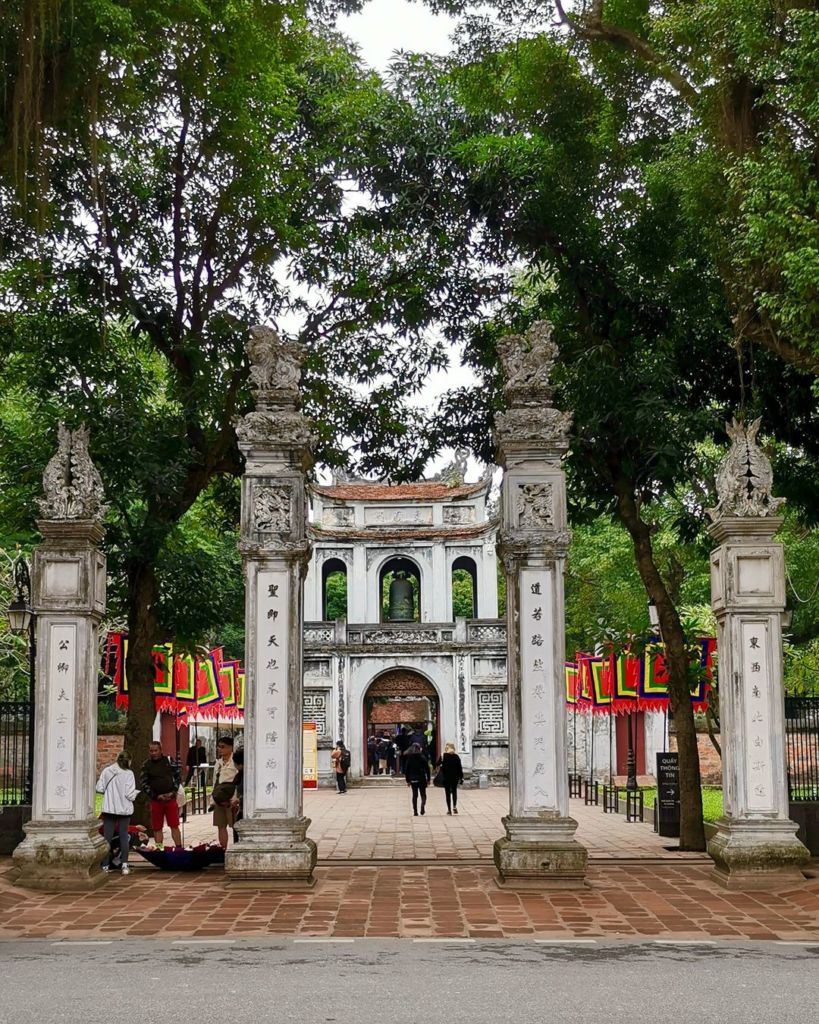
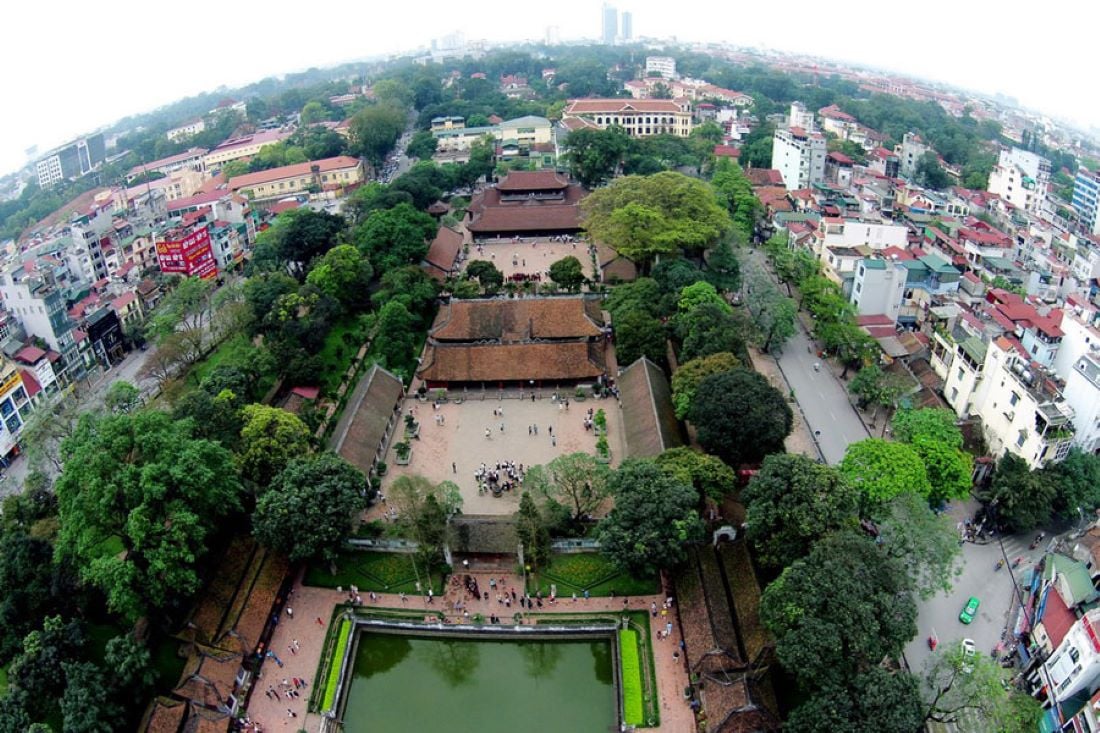
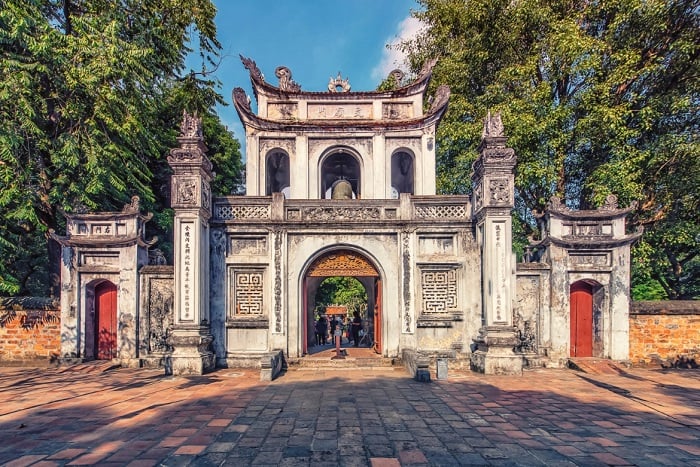
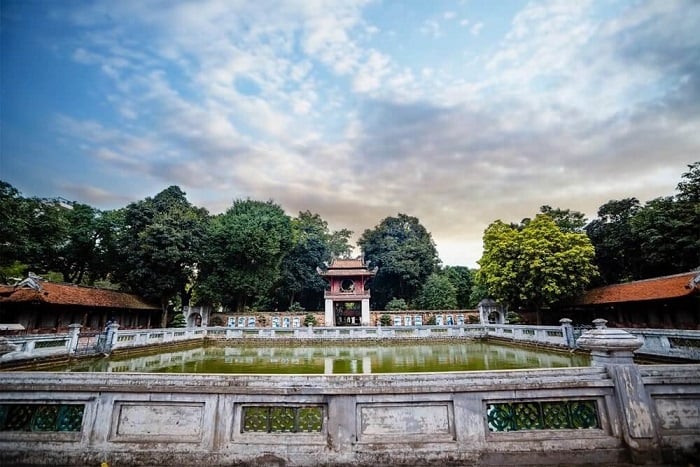
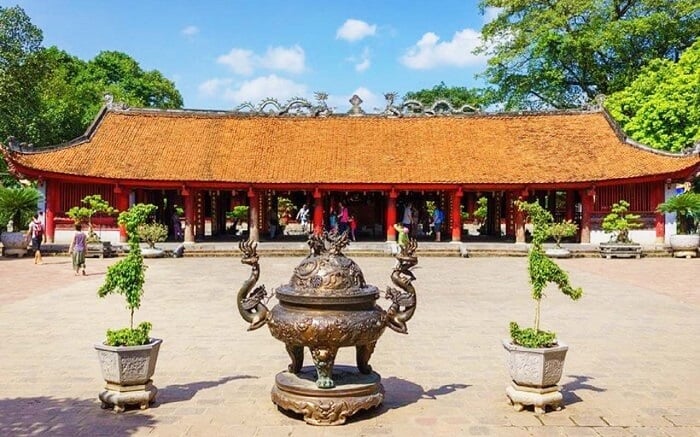
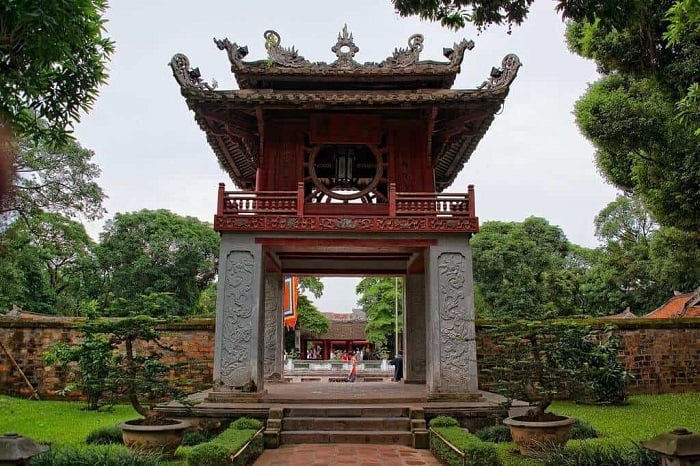
main.comment_read_more